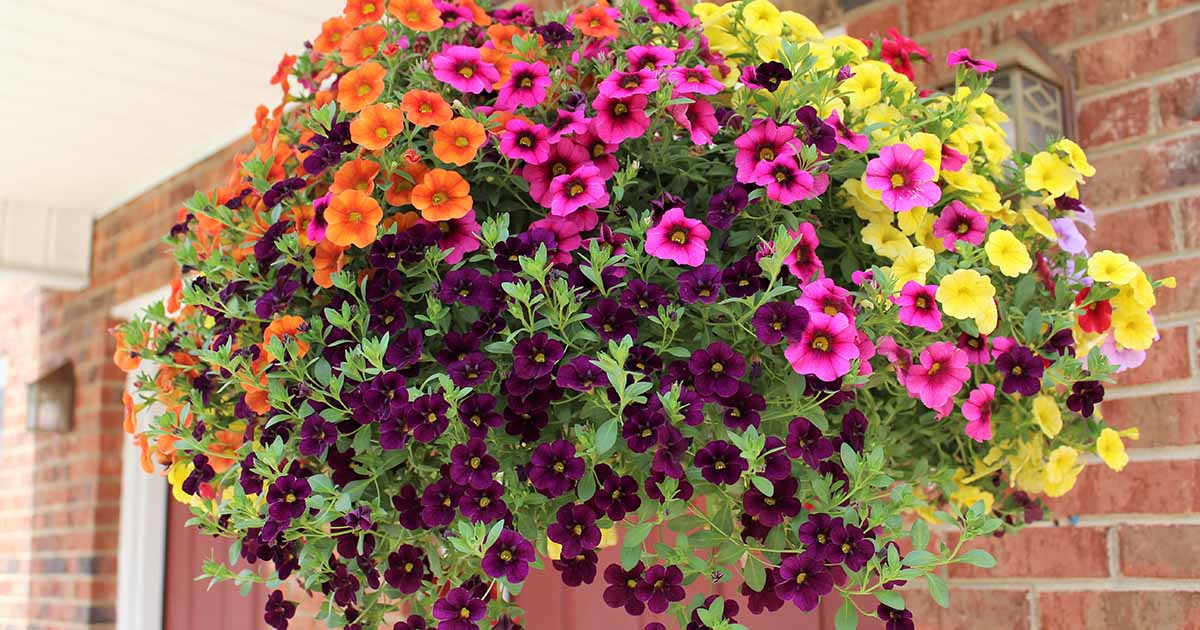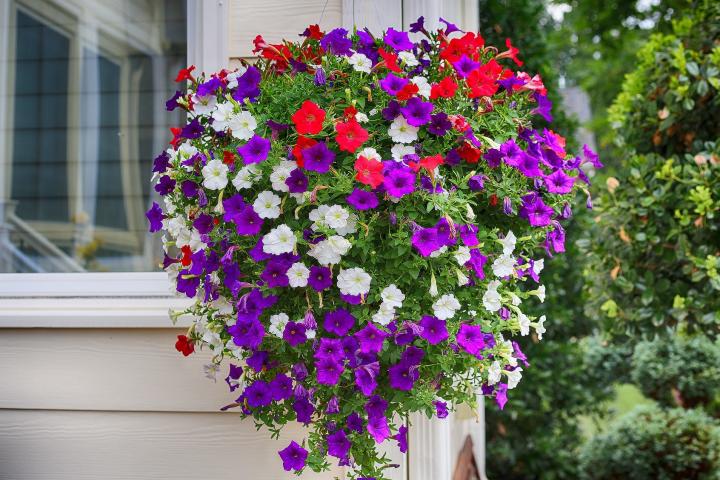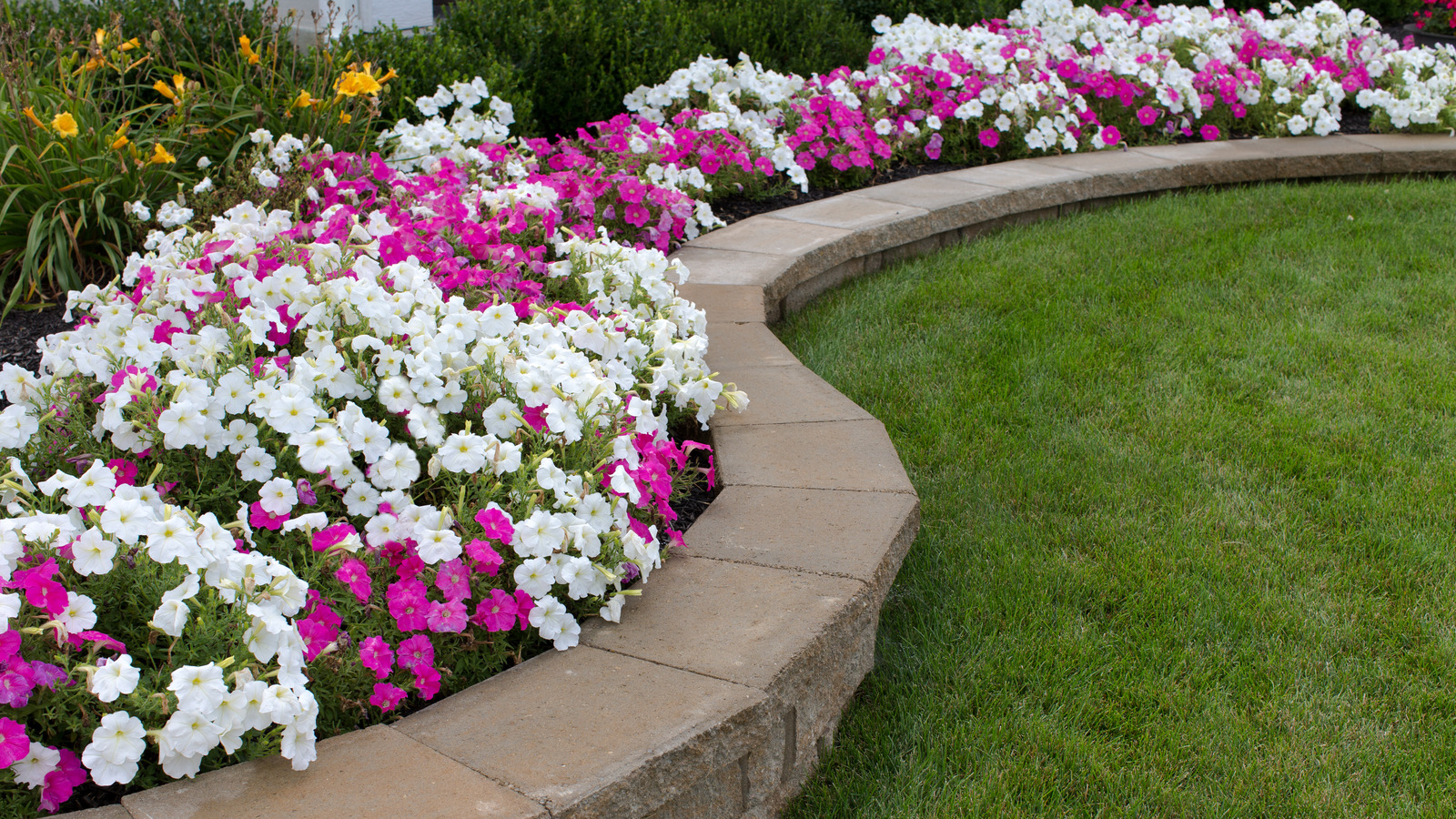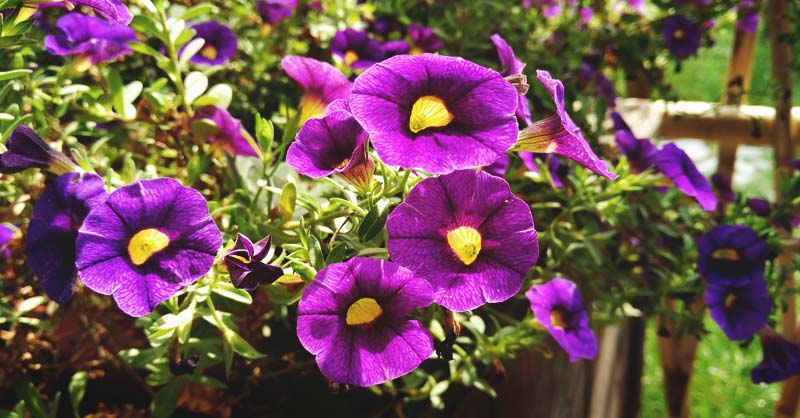Understanding Petunia Spacing for a Vibrant Display
Proper spacing is crucial when planting petunias, as it directly impacts air circulation, sunlight penetration, and overall plant health. When petunias are planted too close together, it can lead to a range of problems, including reduced air circulation, increased humidity, and a higher risk of disease transmission. On the other hand, providing sufficient space between petunias allows for better air circulation, improved sunlight penetration, and a stronger overall plant structure. To achieve a vibrant display, it’s essential to understand how far apart to plant petunias, taking into account factors such as variety, growth habit, and soil quality. By doing so, gardeners can create a stunning petunia display that thrives throughout the growing season.
Factors to Consider When Determining Petunia Planting Distance
When determining the ideal planting distance for petunias, several key factors come into play. The first consideration is the variety of petunia being planted, as different varieties have unique growth habits and spacing requirements. For example, spreading petunias like Wave or Surfinia require more space than upright varieties like Grandiflora or Multiflora. Growth habit is another crucial factor, as petunias that grow taller or wider require more space to accommodate their mature size. Soil quality is also an important consideration, as petunias growing in rich, fertile soil may require more space than those growing in poorer soil. Additionally, the amount of sunlight and air circulation available in the planting area can also impact the ideal planting distance. By taking these factors into account, gardeners can determine the optimal planting distance for their petunias and ensure a healthy, thriving display. Understanding how far apart to plant petunias is crucial in achieving a beautiful and vibrant petunia display.
How to Calculate the Perfect Petunia Planting Distance
To determine the optimal planting distance for petunias, gardeners can follow a simple step-by-step guide. First, research the mature size of the petunia variety being planted, taking into account its expected height, width, and spread. This information can usually be found on the seed packet or plant label. Next, consider the growth habit of the petunia, as spreading varieties require more space than upright ones. For example, if the mature size of the petunia is expected to be 12-18 inches wide, a good rule of thumb is to plant them 12-18 inches apart. However, if the variety is a compact or dwarf variety, a spacing of 6-12 inches may be sufficient. By understanding how far apart to plant petunias, gardeners can ensure that their plants have enough room to grow and thrive. Additionally, gardeners should also consider the spacing requirements for different varieties, as some petunias may require more space than others. By following these steps, gardeners can calculate the perfect planting distance for their petunias and achieve a stunning display.
The Impact of Planting Distance on Petunia Growth and Blooms
The planting distance of petunias has a significant impact on their growth and blooming potential. When petunias are planted too close together, it can lead to overcrowding, which can stunt their growth and reduce flower production. This is because overcrowding reduces air circulation, making it difficult for plants to receive the oxygen they need to thrive. Additionally, overcrowding can also increase the risk of disease, as moisture can become trapped between plants, creating an ideal environment for fungal diseases to develop. On the other hand, when petunias are planted at the correct distance, they have enough room to grow and develop a strong root system, which is essential for producing an abundance of blooms. Proper spacing also allows for better sunlight penetration, which is essential for petunias to produce vibrant, colorful flowers. By understanding how far apart to plant petunias, gardeners can create an ideal environment for their plants to thrive and produce an abundance of blooms. Furthermore, proper spacing can also lead to longer stems, as petunias are not competing with each other for resources, resulting in a more impressive display of flowers.
Common Mistakes to Avoid When Planting Petunias
When planting petunias, it’s essential to avoid common mistakes that can hinder their growth and blooming potential. One of the most common mistakes is overcrowding, which can lead to reduced air circulation, increased risk of disease, and stunted growth. To avoid overcrowding, gardeners should ensure they are planting petunias at the correct distance, taking into account the mature size of the plants and their growth habits. Another common mistake is under-watering, which can cause petunias to become stressed and reduce their blooming potential. Gardeners should ensure they are providing their petunias with adequate water, especially during hot and dry weather conditions. Inadequate sunlight is also a common mistake, as petunias require at least six hours of direct sunlight per day to produce an abundance of blooms. By avoiding these common mistakes and understanding how far apart to plant petunias, gardeners can create an ideal environment for their petunias to thrive. Additionally, gardeners should also avoid planting petunias in areas with poor drainage, as this can lead to root rot and other problems. By being aware of these common mistakes, gardeners can take steps to avoid them and create a stunning petunia display.
Expert Tips for Planting Petunias in Containers and Beds
When it comes to planting petunias in containers and beds, there are several expert tips to keep in mind to ensure a thriving and beautiful display. One of the most important considerations is choosing the right soil. Petunias prefer well-draining soil that is rich in organic matter, so gardeners should opt for a high-quality potting mix or garden soil that is specifically designed for flowering plants. Additionally, petunias require regular fertilization to promote healthy growth and blooming. Gardeners can use a balanced fertilizer that is formulated for flowering plants, and apply it according to the manufacturer’s instructions. Mulching is also essential for petunias, as it helps to retain moisture, suppress weeds, and regulate soil temperature. A layer of organic mulch such as bark chips or straw can be applied around the base of the plants, taking care not to mulch too close to the stems. When planting petunias in containers, gardeners should also consider the size of the container and the number of plants to include. A general rule of thumb is to plant three to five petunias in a container that is at least 12 inches deep and 18 inches wide. By following these expert tips and understanding how far apart to plant petunias, gardeners can create a stunning petunia display that will thrive in containers and beds.
Creating a Stunning Petunia Display with Proper Spacing
A beautifully spaced petunia display can be a stunning addition to any garden or outdoor space. By understanding how far apart to plant petunias and following proper spacing guidelines, gardeners can create a vibrant and thriving display that showcases the full potential of these gorgeous flowers. For example, a petunia display with a mix of tall and compact varieties can create a visually appealing layered effect, with the taller plants providing a backdrop for the shorter ones. By planting petunias in a staggered pattern, gardeners can also create a sense of movement and energy in the display. Additionally, incorporating different colors and textures, such as velvety red petunias alongside delicate white ones, can add depth and interest to the display. To take it to the next level, gardeners can also incorporate other plants, such as sweet alyssum or creeping thyme, to create a lush and dynamic display. By following the expert tips and guidelines outlined in this article, gardeners can create a stunning petunia display that will be the envy of the neighborhood.
Conclusion: The Key to Successful Petunia Planting
In conclusion, proper petunia spacing is crucial for achieving a thriving and beautiful petunia display. By understanding how far apart to plant petunias and considering factors such as variety, growth habit, and soil quality, gardeners can create a stunning display that showcases the full potential of these gorgeous flowers. By following the expert tips and guidelines outlined in this article, gardeners can avoid common mistakes and ensure that their petunias receive the right amount of air circulation, sunlight, and nutrients to promote healthy growth and blooming. Remember, the key to successful petunia planting is to provide each plant with enough space to grow and thrive, and to create a visually appealing display that showcases the beauty of these flowers. With a little planning and attention to detail, gardeners can create a petunia display that will be the envy of the neighborhood.







